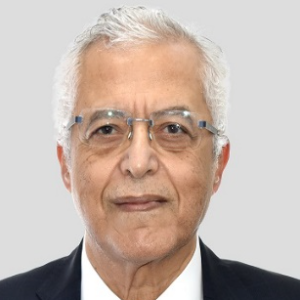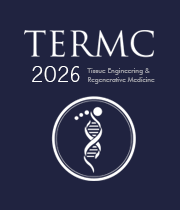Muscule Tissue Engineeering
Muscle Tissue Engineering is an interdisciplinary field that combines principles of biology, materials science, and engineering to create functional and viable muscle tissue for therapeutic applications. The goal of muscle tissue engineering is to repair or replace damaged muscle tissue caused by injuries, congenital defects, or degenerative diseases. This approach offers potential solutions for muscle regeneration beyond traditional treatments. Researchers utilize biomaterial scaffolds, which mimic the extracellular matrix, to provide structural support for cell attachment, proliferation, and differentiation. Cells, often myoblasts or stem cells with myogenic potential, are seeded onto these scaffolds, creating a conducive environment for tissue formation. Bioreactors may be employed to enhance nutrient and oxygen delivery, simulating physiological conditions for optimal tissue development. Electrical and mechanical stimulation is frequently applied to promote maturation and functional integration of engineered muscle tissue. This ensures that the resulting muscle mimics the contractile properties of native tissue, making it suitable for transplantation or integration into the host. Muscle tissue engineering holds promise for treating conditions such as volumetric muscle loss, where large portions of muscle tissue are lost, and for creating in vitro models for drug testing and disease study. Challenges include achieving vascularization within engineered muscle and addressing the complexity of muscle tissue's hierarchical organization. As technology advances, muscle tissue engineering continues to progress, offering hope for innovative therapeutic strategies and the restoration of muscle function in various clinical scenarios. Ongoing research aims to refine techniques, improve biomaterials, and enhance the functional capabilities of engineered muscle tissue for broader clinical applications.

Nagy Habib
Imperial College London, United Kingdom
Lucie Bacakova
Institute of Physiology of the Czech Academy of Sciences, Czech Republic



Title : AI-integrated high-throughput tissue-chip for space-based biomanufacturing applications
Kunal Mitra, Florida Tech, United States
Title : Stem cell technologies to integrate biodesign related tissue engineering within the frame of cell based regenerative medicine: towards the preventive therapeutic and rehabilitative resources and benefits
Sergey Suchkov, N.D. Zelinskii Institute for Organic Chemistry of the Russian Academy of Sciences, Russian Federation
Title : In vitro evaluation of lyophilized Dedifferentiated Fat cells (DFAT) impregnated artificial dermis
Kazutaka Soejima, Nihon University, School of Medicine, Japan
Title :
Nagy Habib, Imperial College London, United Kingdom
Title :
Alexander Seifalian, Nanotechnology & Regenerative Medicine Commercialisation Centre, United Kingdom
Title : The regenerative medicine of the future
Marco Polettini, DVM, Italy